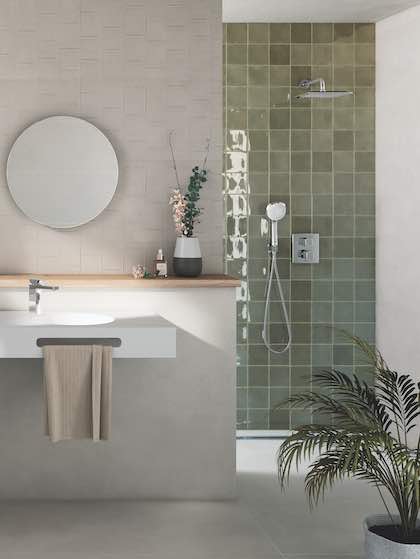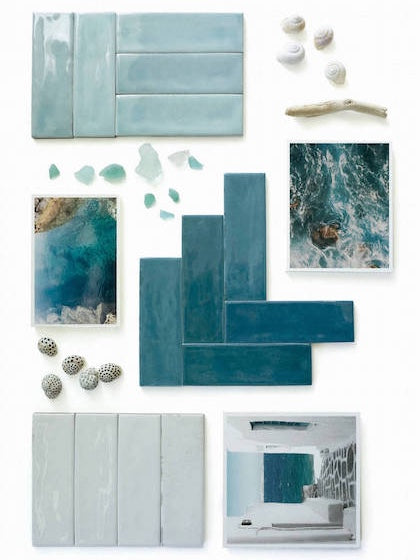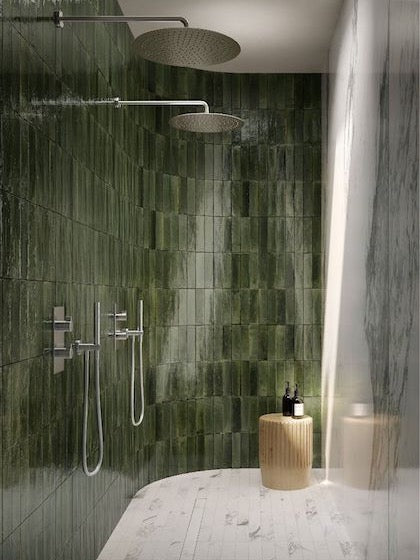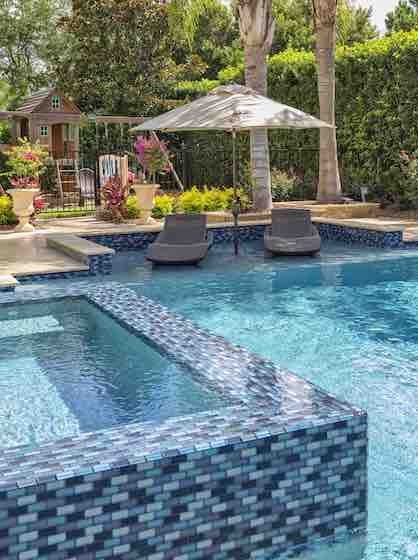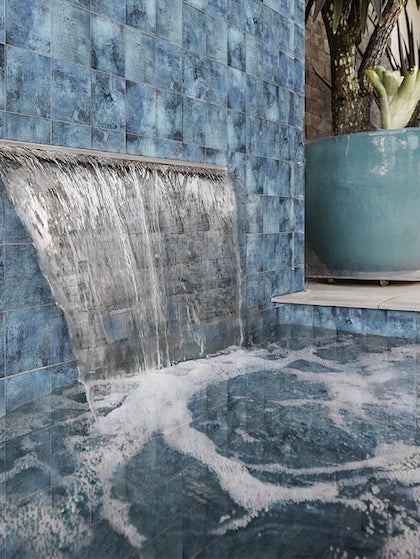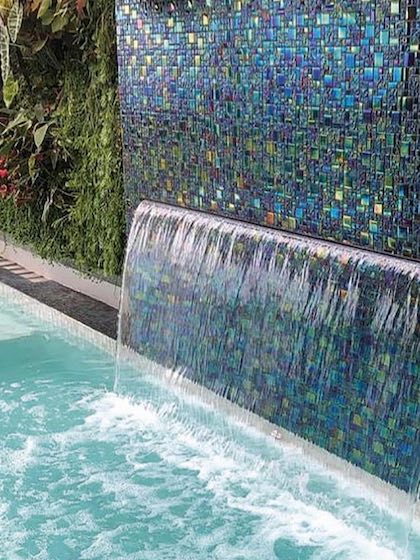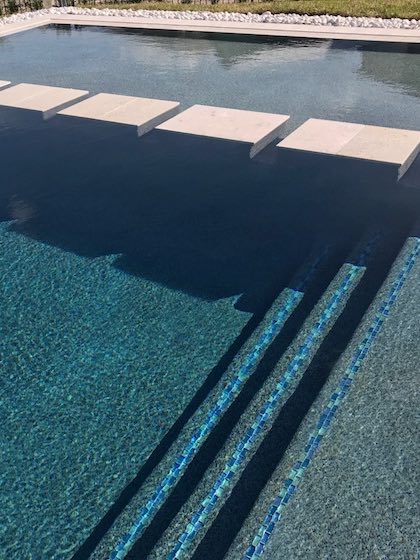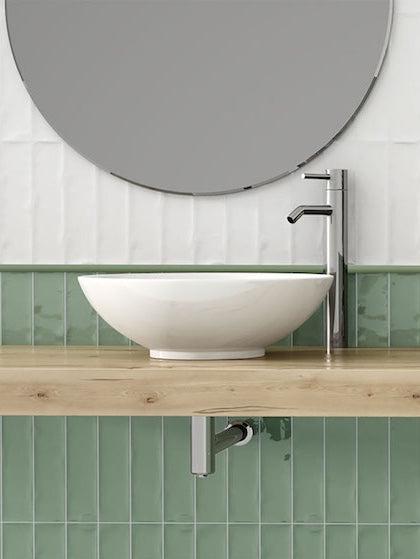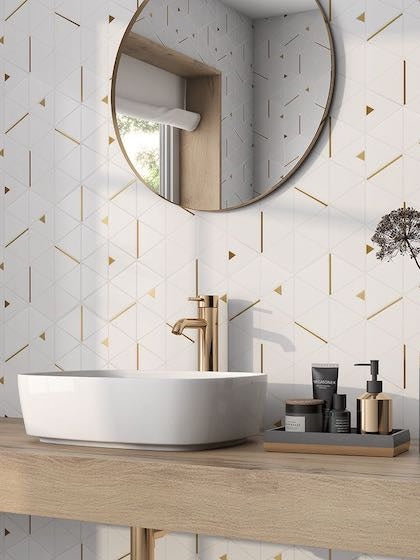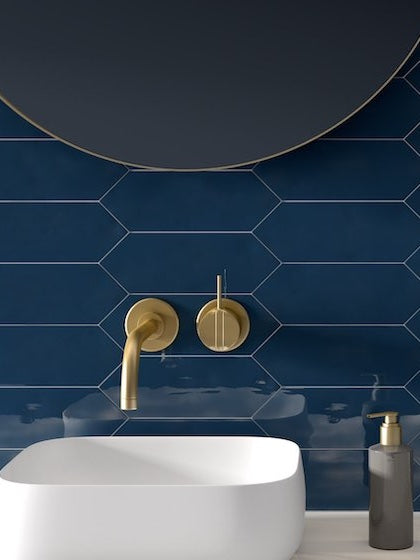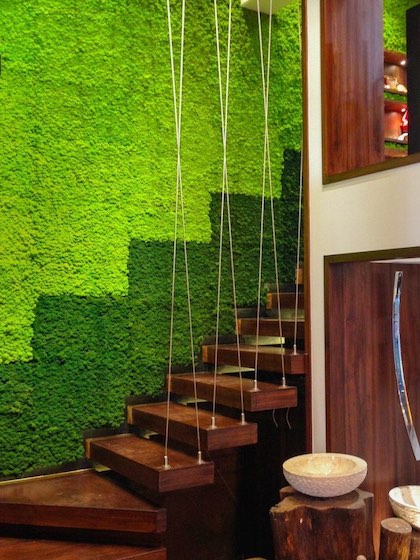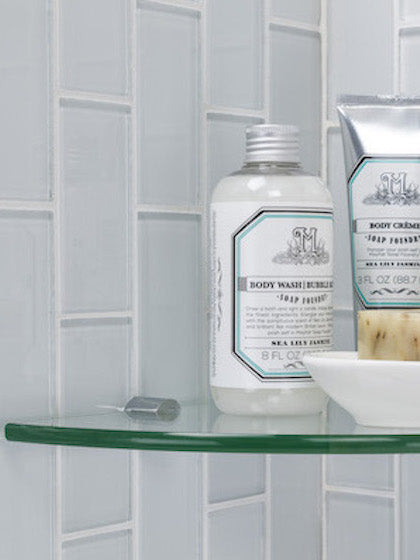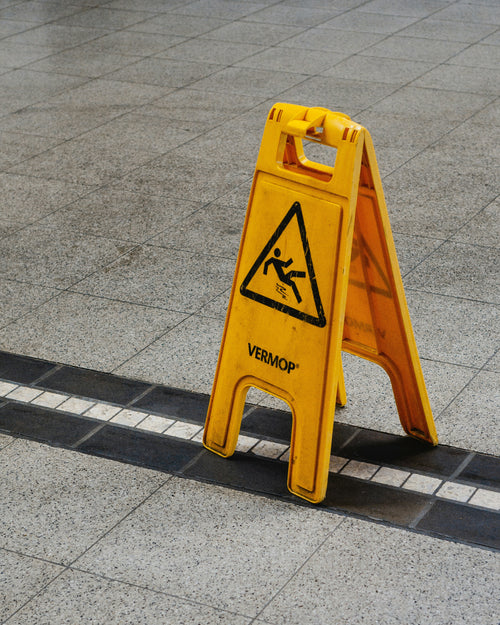Ceramic and porcelain tiles are easy to clean, easy to maintain, and at the same time, quite non-porous and slippery at the same time. Increasing the possibilities of slipping and sliding - these tiles are glazed which can lead to potential injuries for the users. But as designers and architects, you can absolutely find out the best and most informed decisions for a tile for certain functions - whether in wet or dry conditions.
Well, let us introduce you to the slip resistance rating system called COF (coefficient of friction) which is universally published. The COF slip resistance rating system helps in determining the right tile for the right space and location. This is a factor that determines how slippery a tile is!
Do’s and Don’ts When Choosing Slip Resistance Tiles
- Always consult with the tile manufacturer or inquire about the COF when purchasing tiles. You can either find the rating value under the product's description box or get directly in touch
- When looking for slip-resistant tiles, go for a higher COF value
- Slipper items can be rated as low as COF 0.04
- In general, terracotta tiles, brick, and quarry tiles have a high COF value which means they are quite slip-resistant
- Natural stone tiles and glass tiles have one of the lowest COF values making them quite slippery and soft
- Zero COF means that the two products don’t have friction at all!
How To Improve Tile Slip Resistance?
Tile slip resistance can be improved with a number of following methods -
- Mechanical Methods - Methods such as diamond grinding and shot blasting can be incorporated to improve the slip resistance of tiles.
- Acid-etching - You must hire a professional to perform this act! Well, add an acid-etching product to a slippery tile like ceramic, porcelain, natural stone, or glass tiles to get rid of the gloss. Generally, you can use hydrofluoric acid (HF) to dull the sheen of gloss and let it remain on the surface for a considerable period of time.
- Ammonium Bifluoride - This is another acid-like product that can be used to remove the gloss from tiles. It must be added to water and the overall product must be added in smaller concentrated amounts over the tile surface.
- Rugs and Floor Mats - An easier way to improve slip resistance is by installing rugs, mats, and runners to prevent any slipping and sliding. Especially in wet applications - this home decor idea is definitely something to help your space feel more safe and more secured. Smartly placing rugs, carpets, and mats along with rug pads when needed can help guard against slips and falls. This applies if changing flooring isn't an option for you!
Considering slip resistance for tiles is an important step to take note of! Whether residential or commercial - this factor will always prove to be crucial for added safety and security. Moreover, it’s also important to consider the texture of the tiles which can further enhance the safety of the users. Get in touch with one of our professionals to help you choose the best anti-skid tiles!

